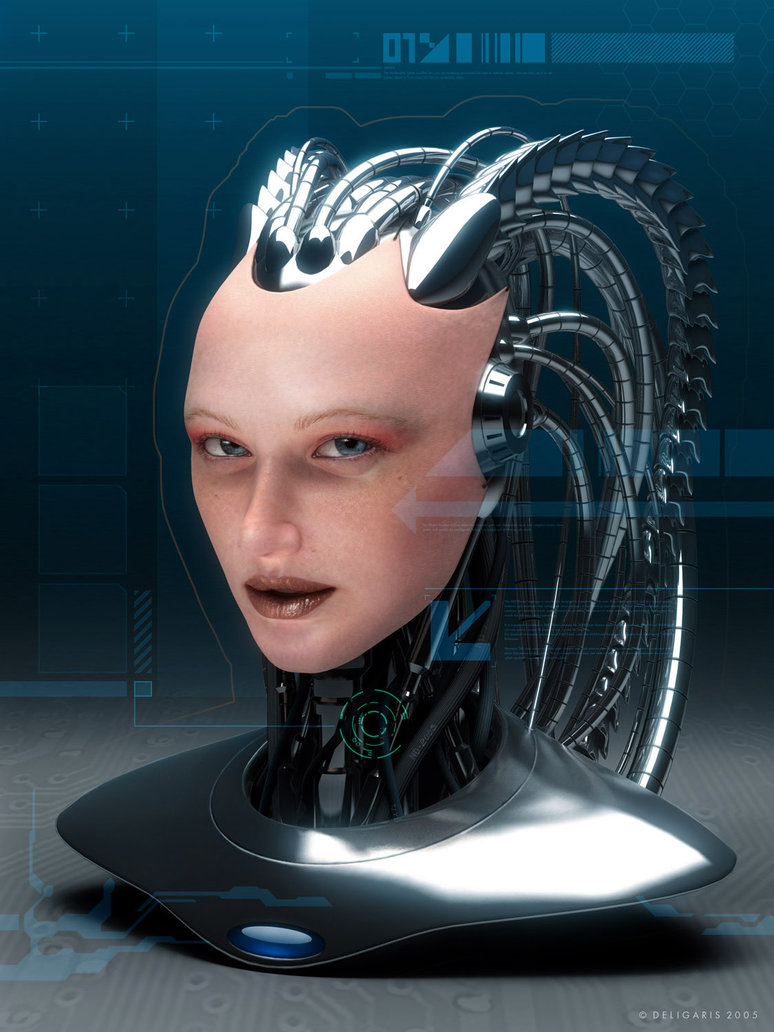Beauty Is Digital
As with just about every industry today, the beauty industry has incorporated digitization and is now enhanced via digital devices and processing methods. The industry is highly visual, and depends on many technologies; and the digital realm enables the easy recording, cataloging and manipulation of vast numbers of images. Beauty products also depend on chemistry and biochemistry, areas that are hotbeds of scientific advance. And, perhaps most important, the beauty industry relies on fantasy and imagination, and digital tools are our primary means today for imaging new worlds.
Some of the significant topics in the beauty industry today include that of convergence, also known as synergy or blurred lines—when beauty, technology and science collide and cross-pollinate. The smartphone has become the hub of our digital lives, and as with other areas of retail, it is has also become a major player in beauty dollars. Our smartphones are beginning to double as a virtual “personal beauty consultants”, enabling us through apps, to virtually try on products in real time and, ultimately, purchase them. We can also schedule on-demand beauty services from our mobile device. Customers as well are shifting toward taking control of their own beauty regimens, ordering at-home services, purchasing subscriptions, and using at-home beauty devices. A multitude of businesses employing subscription models have sprouted up, enabling us to place regular orders for home delivery. Social selling has become a sales channel all of its own.
Decades of research in the biotech field, the medical field, and the sports medicine industries have resulted in compounds and techniques that have found new applications in beauty. These include products that have been customized and personalized using genetic testing for optimal performance. Organic and environmentally friendly products are of high importance to companies wanting to appeal to their environmentally aware consumers—an increasing percentage as consumers become more proactive about their environments. Wearable technology on our faces and bodies and 3D printing of nail art and makeup are also some of the unique drivers changing the dynamic of an already dynamic industry.
According to L’Oréal, the global beauty market was worth approximately $239 billion in 2014 (€180 billion) and grew at a 3.8% compound annual growth rate from 2004 through 2014. FBIC Global Retail & Technology estimates that the retail market is actually worth almost twice as much, about $480 billion.
The Asia-Pacific region is the largest beauty market—it constituted 35% of the global market in 2014. It was also the fastest-growing market last year, up 9.6%. Western Europe and North America are roughly similar in size, and they represented 22% and 21% of the beauty market, respectively, in 2014. Latin America accounted for 13% of the global market in 2014, while Eastern Europe represented 7%, and declined by 7.8% during the year. Africa and the Middle East represented less than 3% of the global market and grew by 3.6% in 2014.
Based on data from Statistica, we estimate that the global digital beauty market is about US$50 billion this year and growing about 20% annually.
To read the full report, click here.
